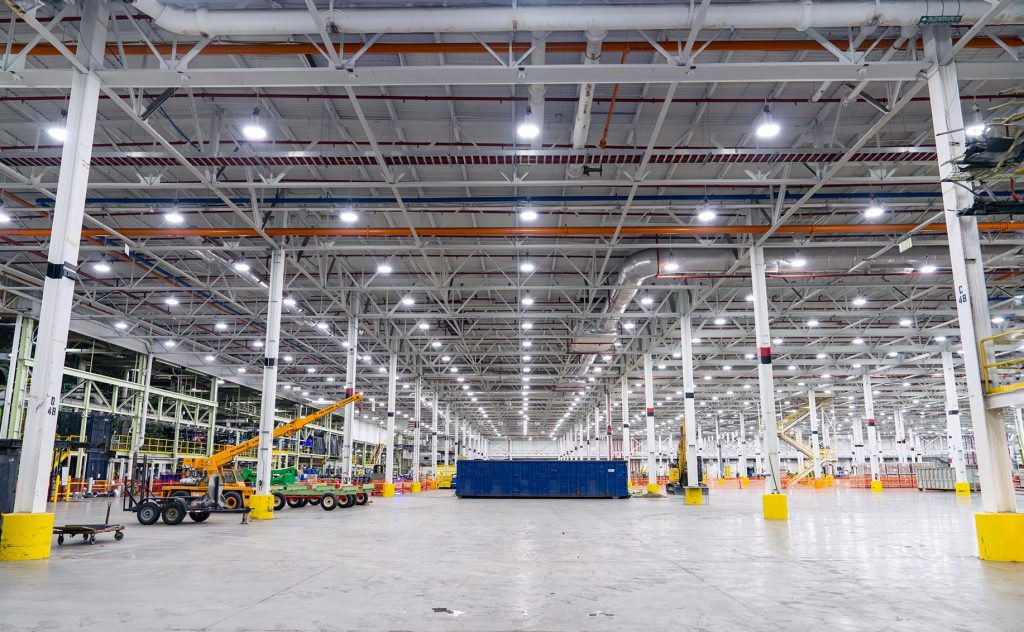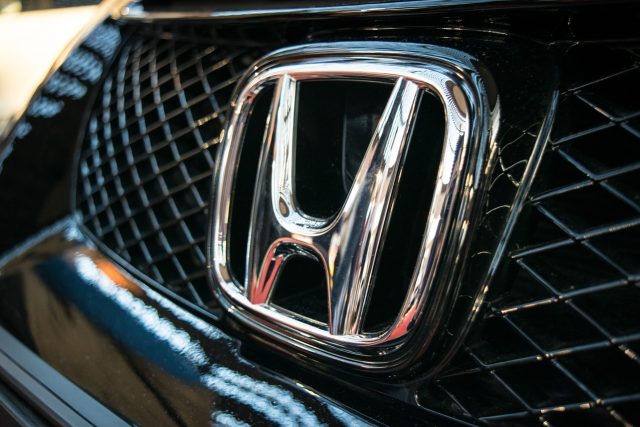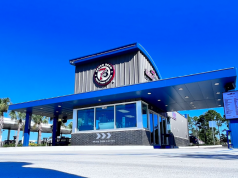
MARYSVILLE, Ohio — Honda, a leading automotive manufacturer, is blazing a trail in the realm of electric vehicles (EVs) with significant strides towards establishing EV production capabilities in North America. Spearheaded by the Honda EV Hub in Ohio, the company aims to set a new standard for EV manufacturing excellence.
As Honda gears up for the commencement of EV production slated for late 2025, substantial progress has been made in the retooling efforts, including preparations for vehicle production and in-house assembly of the Intelligent Power Unit (IPU), a pivotal component housing the EV battery. The initiative aligns with Honda’s overarching commitment to achieve carbon neutrality and aims for 100% zero-emissions vehicle sales by 2040.

Key milestones in Honda’s EV initiative include:
- Workforce Expansion: Honda plans to hire 300 associates for its Ohio EV Hub, with an additional 300 associates at the Marysville Auto Plant undergoing upskilling for IPU assembly.
- Investment Commitment: Honda has pledged a minimum of $700 million towards transforming its Marysville Auto Plant, East Liberty Auto Plant, and Anna Engine Plant into EV production hubs.
- Knowledge Sharing: The EV Hub in Ohio serves as a nucleus for Honda associates to cultivate expertise in EV production, with insights and best practices slated for dissemination across Honda’s North American production network.
Bob Nelson, Executive Vice President of American Honda Motor Co., Inc., emphasized the pivotal role of the EV Hub in Ohio, stating, “The establishment of our EV Hub is not simply an investment in retooling and equipment, we are investing in the Honda associates who will be taking on new responsibilities to lead us into the electrified future.”
Honda’s innovative approach includes the flexibility to produce both internal combustion engine (ICE) vehicles and EVs on the same assembly line at the Marysville Auto Plant. This strategic maneuver not only positions Honda to swiftly adapt to evolving market demands but also underscores the adaptability and expertise of its workforce.
Furthermore, the updates to Honda’s EV Hub coincide with the impending debut of its first all-electric SUVs in the North American market, the Honda Prologue and the Acura ZDX.
Integral to the EV production ecosystem is the Joint Venture EV Battery Plant in Jeffersonville Fayette County Ohio, a collaborative effort between Honda and LG Energy Solution. Progress at the facility is on track, with hiring underway and a projected completion date by the end of 2024.
Heres a breakdown of the four plants in Ohio:
Honda Marysville Auto Plant
Key changes at MAP include both the startup of EV production and sub-assembly of the IPU.
- Line consolidation: MAP recently consolidated its two production lines, tearing out much of line two to enable production of both EVs and ICE vehicles on the same line. The additional space will be used to improve the ease of movement for people on the line and the efficiency of lineside parts delivery and staging for assembly of both ICE vehicles and EVs, as well as the expansion of the Vehicle Quality area to verify software-dependent vehicle functions.
- IPU sub-assembly: MAP also renovated a material consolidation area to create a new workspace where some 300 associates will sub-assemble the IPU that houses the EV battery module and its controlling hardware and software. Once MAP begins IPU production, it will supply IPUs for the production of EVs at both the Marysville and East Liberty Auto Plants.
- Upskilling: later this year, MAP associates will begin training programs to prepare them for the skills required for EV production and IPU assembly, with employment to remain stable at the facility.
Honda Anna Engine Plant
AEP has produced everything from engines and engine components, transmissions, cam shafts, crankshafts, and high tech CVT components, and will now build the IPU case, that will contain the EV battery module and serve as the main frame structure for the floor of Honda and Acura EVs.
- High-pressure die casting: AEP is preparing to install six, 6,000-ton high-pressure die cast machines that will mega cast the IPU case. The new die cast machine, over 31 feet tall, will bring IPU manufacturing in house for the first time at Honda.
- Friction Stir Welding: the IPU case is much larger than anything Honda has die cast before. It will be die-cast in two pieces and welded together seamlessly using Friction Stir Welding.
- To create space for production of the IPU case, in 2023, AEP transferred production of engine components for two different generations of engines to the Alabama Auto Plant (AAP).
Honda East Liberty Auto Plant
ELP will be producing EVs, but with a single production line. The changes required at ELP focus more on accommodating the heavier weight of EVs.
- ELP will be strengthening overhead conveyors that carry vehicles through the plant and is expanding the paint department to accommodate the heavier weight of battery-electric vehicles.
- Similar to MAP, the Vehicle Quality area at ELP is being expanded to verify software-dependent vehicle functions.
Joint Venture EV Battery Plant
A key component of the Honda EV Hub, construction progress continues at L-H Battery Company, Inc., the more than 2 million square feet joint venture EV battery facility near Jeffersonville, Ohio.
- The facility recently enclosed the exterior structure, and the final structural steel beam was installed on February 29th, almost a year to the day after the groundbreaking for the new facility.
- Hiring is underway for the plant, with a variety of engineering and support positions currently posted on the company website. Information about technician and production roles is expected to be announced in the coming months.
- Honda and LG Energy Solution have committed to invest $3.5 billion in the new JV facility, with the overall investment projected to reach $4.4 billion. The facility is scheduled to be completed by the end of 2024, with an annual capacity of approximately 40GWh.
Honda’s electrification strategy emphasizes the pivotal role of each manufacturing facility in North America, with a concerted effort towards transitioning to a future dominated by battery-electric and fuel cell electric vehicles.
In a testament to Honda’s enduring commitment to American manufacturing, the company’s cumulative auto production in the U.S. exceeds 30 million vehicles. With a robust manufacturing footprint and a steadfast workforce, Honda remains at the forefront of automotive innovation in North America.
About Honda Manufacturing in America: Honda’s manufacturing legacy in America dates back to 1979, with motorcycle production in Marysville, Ohio. The company’s U.S. manufacturing operations boast an expansive footprint, employing over 23,000 associates across 12 plants and supporting an array of automotive and power equipment products. Cumulatively, Honda has invested $19 billion in its U.S. manufacturing operations, reinforcing its status as a cornerstone of American industry.











